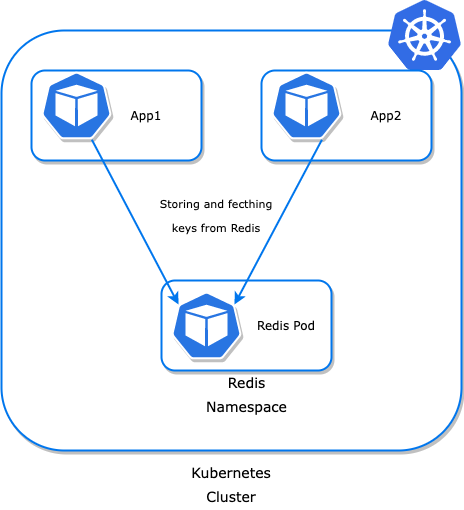Standalone
Architecture
Redis standalone is a single process-based redis pod that can manage your keys inside it. Multiple applications can consume this redis with a Kubernetes endpoint or service. Since this standalone setup is running inside Kubernetes, the auto-heal feature will be automatically part of it. The only drawback of a standalone setup is that it doesn’t stand on the high availability principle.

Helm Installation
In redis standalone mode, we deploy redis as a single StatefulSet pod that means ease of setup but no complexity, no high availability, and no resilience.
Installation can be easily done via helm command:
Verify the standalone redis setup by kubectl command line.
YAML Installation
Examples folder has different types of manifests for different scenarios and features. There are these YAML examples present in this directory:
- additional_config
- advance_config
- affinity
- disruption_budget
- external_service
- password_protected
- private_registry
- probes
- redis_monitoring
- tls_enabled
- upgrade_strategy
A basic sample manifest for standalone redis:
The yaml manifest can easily get applied by using kubectl.